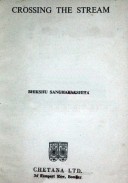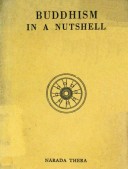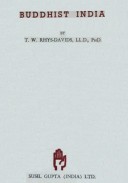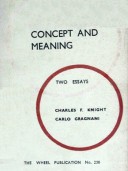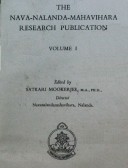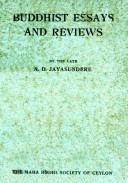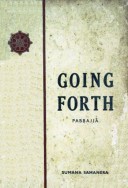Tìm Sách
Sách tiếng Anh-English >> Buddhism of Wisdom & Faith
Thông tin tra cứu
- Tên sách : Buddhism of Wisdom & Faith
- Tác giả : Thích Thiền Tâm
- Dịch giả :
- Ngôn ngữ : Anh
- Số trang : 361
- Nhà xuất bản : The Corporate Body of the Buddha Education Foundation
- Năm xuất bản : 1994
- Phân loại : Sách tiếng Anh-English
- MCB : 12100000011584
- OPAC :
- Tóm tắt :
This Pure Land treatise is, to our knowledge, the first and only compendium of Pure Land teaching and thought currently available in a Western language. In the tradition of the Avatamsaka Sutra (which D.T. Suzuki described as the epitome of Buddhist thought, sentiment and experience), the author sometimes shifts from one plane of meaning to another, at times down-to-earth, at times metaphysical, so as to reach readers at every level and to sever attachment to his very words. It is in this light that certain paradoxes already familiar to students of Zen (illusory but not non-existent, recitation with no thought of recitation, etc.) should be viewed and understood.
While the primary focus of this treatise is Pure Land theory and practice, more than half of the book is devoted to questions of concern to all Buddhist schools. Therefore, we suggest the following approach to reading the text, according to the background of the reader:
Zen School: Chap. VII to IX first.
Tantrism: Chap. VI to X first.
Pure Land: Chap. I-V first.
The bereaved: Chap. X.
All others: Note on Pure Land and Epilogue.
The reader might also familiarize himself with a number of key concepts explained in the Glossary (Amitabha, Awakening vs. Enlightenment, Buddha Recitation, Merit and Virtue, Noumenon/phenomena, Pure Land, etc.)
Whatever his approach, he will be forever enriched, Once reborn in the Pure Land, like the proverbial seeker of the Way, he will not only discover the treasure trove (Great Awakening), but also, in time, partake at will of its priceless gems (attain Enlightenment) — for the common benefit of all sentient beings. (Van Hien Study Group / New York, Vesak ’94)
Contents
Foreword
Note on Pure Land
I. Essentials of Pure Land
- Birth and Death
- The Bodhi Mind
- Faith
- Vows
- Practice
II. For the Serious Practitioner
- Sever All Afflictions
- Seek a Response within a Definite Time Frame
- Perseverance and Steadfastness in Recitation
- Tolerance of Adversity
- The Last Rites
Epilogue
Editors’ Notes
Glossary
Bibliography
 Facebook
Facebook
 Google
Google
 Google+
Google+


